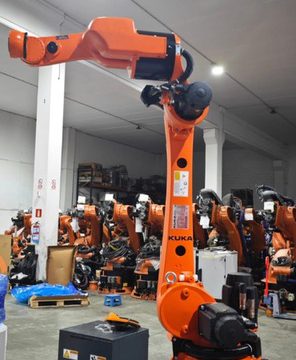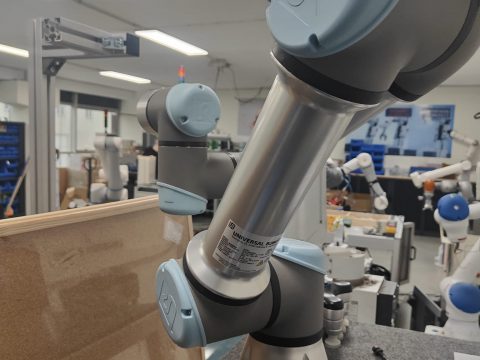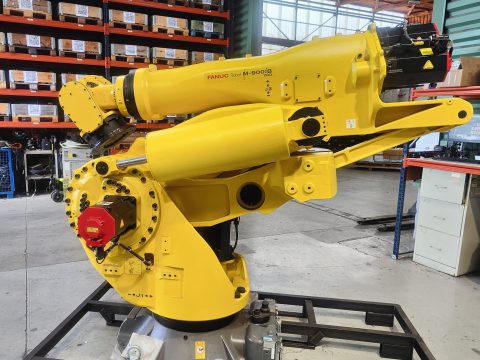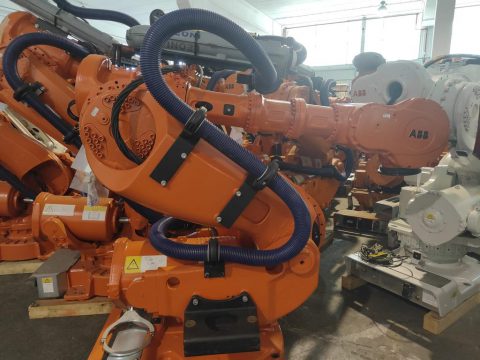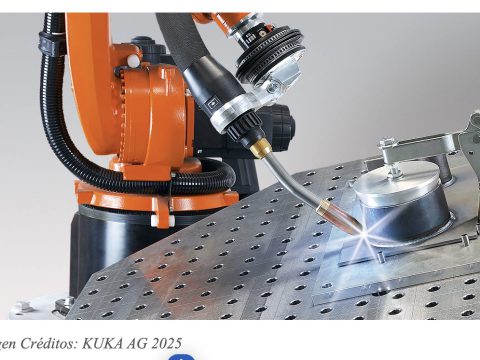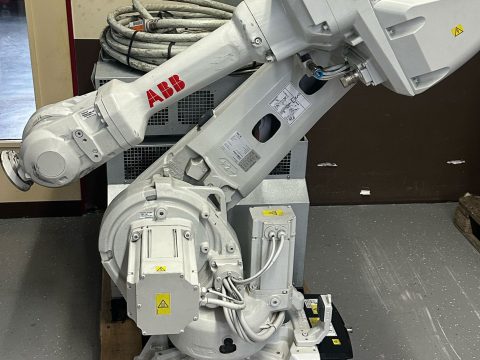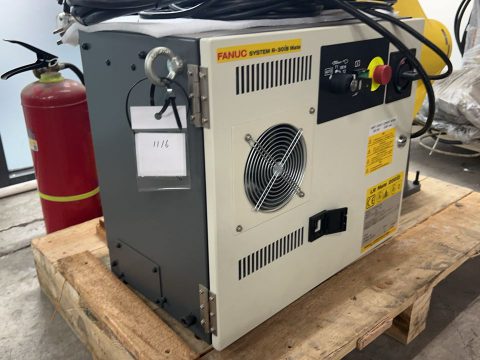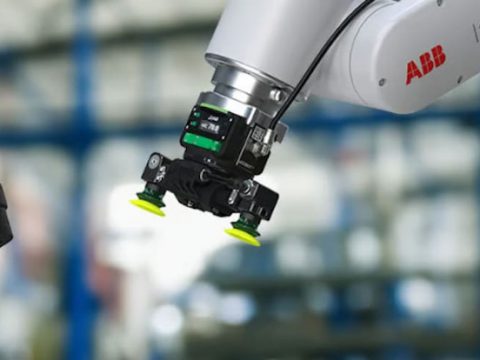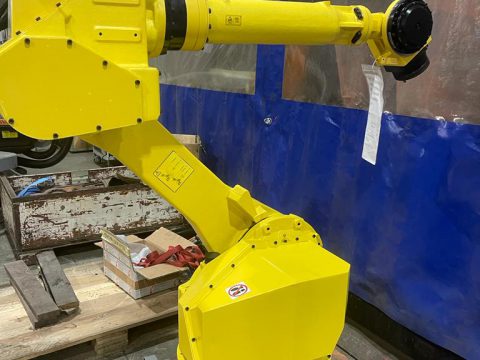KUKA KR8 R1620 ARC HW-SEL + SKS: THE ROBOTIC SOLUTION DRIVING INDUSTRIAL EFFICIENCY
In the world of industrial automation, precision, flexibility, and efficiency are key to staying competitive. The KUKA KR8 R1620 ARC HW-SEL + SKS, available through Eurobots, is an advanced solution that brings all these qualities together. It is specifically designed for arc welding, adhesive and sealant application, and other material handling tasks. This six-axis robot

